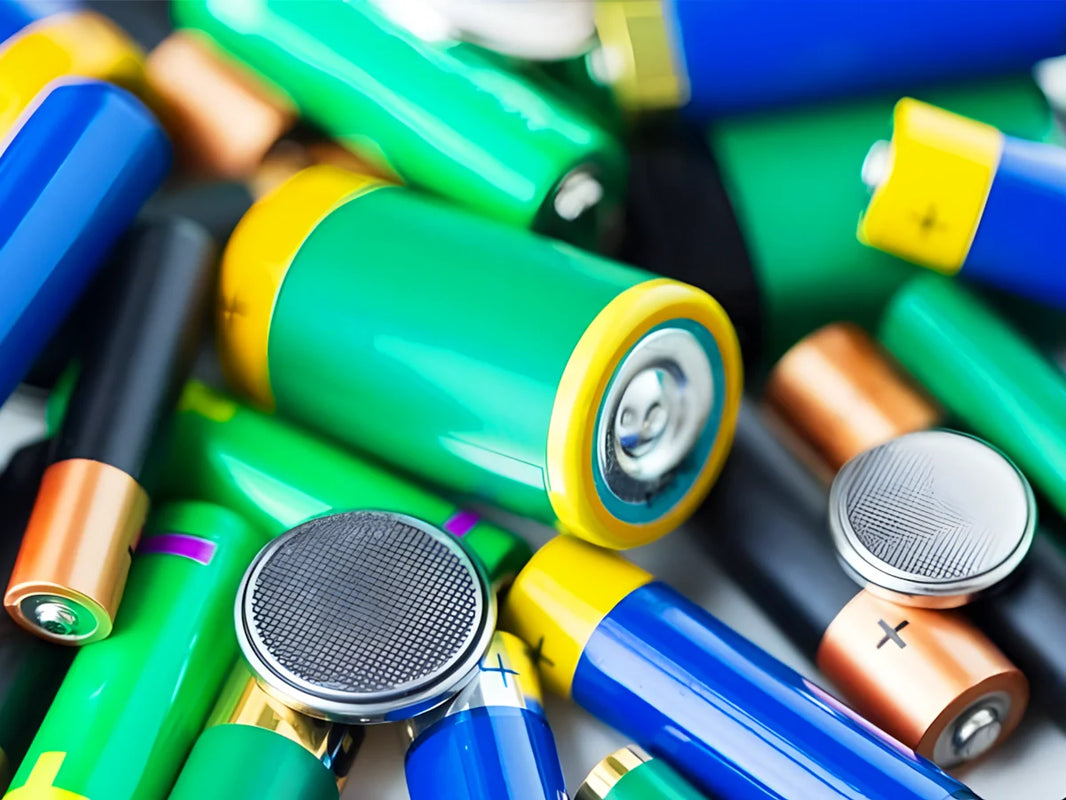
main content:
1. The harm of lead-acid batteries to humans

Whether according to the "Basel Convention" or according to China's list of hazardous wastes, waste lead-acid batteries are classified as hazardous waste. The main components that have an impact on the environment are sulfuric acid and heavy metals such as lead, antimony, arsenic, and zinc. The whole waste battery generally contains 20%~25% electrolyte, which contains 15%~20% sulfuric acid and suspended lead compounds. Table 1 illustrates the concentrations of different metal species in the electrolyte of lead-acid batteries.
| Metal | Concentration/(mg/L) |
| Lead particles | 60~240 |
| Dissolved lead | 1~6 |
| Arsenic | 1~6 |
| Antimony | 20~175 |
| Zinc | 1~13.5 |
| Tin | 1~6 |
| Calcium | 5~20 |
| iron | 20~150 |
Table 1 Concentrations of different metal substances in the electrolyte of lead-acid batteries
During the use of lead-acid batteries, the harm is very small. However, if the used lead-acid batteries are not collected and recycled according to the requirements of the operation specification, serious environmental problems and harm to human health will be caused.
In lead-acid batteries, lead and sulfuric acid are the most likely to have an impact on the environment. If the waste lead-acid battery is directly put into the environment, it may be broken and release toxic substances and cause corrosiveness (each lead-acid battery for waste automobile releases about 2~3L of sulfuric acid with pH=0.8). In batteries using colloidal electrolytes, the attendant risk is slightly reduced due to the higher viscosity of the colloid, but it still exists. For batteries in which the electrolyte is encapsulated, the direct risk, although small, is also a potential source of contamination.
During the collection process, because the lead-acid battery contains highly corrosive waste acid, it will flow into the soil and groundwater if it is dumped into the surrounding environment at will, and the seriousness of its pollution is self-evident. Sulfuric acid is extremely acidic, and the metals contained in lead-acid batteries are toxic to a certain extent. Inhaling its dust, smoke, or ingesting water and food containing this substance will harm human health.
The purpose of lead in the refining process is to remove almost all of the copper, antimony, arsenic and tin in it to meet the standard of soft lead. The potential sources of environmental pollution that may be generated by this process are: lead fume caused by excessive lead heating; release of sulfur dioxide; formation and removal of scum; removal and recovery of chlorine and tin; the process of removing tin by oxygen-enriched air.
The lead-containing waste produced in the recycling process of waste lead-acid batteries and the waste residue produced in the smelting process, etc., if not handled properly, will also seriously pollute the surrounding soil and water bodies, thus causing serious harm to human health.
Ingestion of lead will cause diseases in the human body in terms of metabolism, reproduction and mentality, and even death in severe cases. Medical research has shown that mild lead pollution can cause brain damage, mental retardation and neurological development in children, and severe lead pollution can cause coma, convulsions and death. The research on lead metabolism in the human body found that the metabolic half-life of lead in the human body is 1460d, and the long-term accumulation of lead that enters the human body every day can cause chronic lead poisoning. If the amount of lead in the body exceeds twice the normal value of the human body, the internal organs have already been seriously damaged, and as a result, the nerves, hematopoiesis, and reproductive systems will be damaged.
2. The resource value of lead-acid waste batteries

In addition to electrode plates, other parts of lead-acid batteries, such as polypropylene (or hard rubber) containers and stoppers, lead plate ends, connectors and plates (positive and negative electrodes composed of lead salts and lead oxides) and Electrolytes composed of sulfuric acid solutions and the like can be recycled and reused.
The cost of recovering lead from waste lead-acid batteries is 38% lower than that of extracting it from ore, and the energy consumption is reduced by 1/3. Therefore, the recycling of waste lead-acid batteries also has great economic value. In addition, from the perspective of the environment, in addition to preventing environmental pollution, the recycling of waste lead-acid batteries also has the following characteristics.
①Reduce the mining volume of lead deposits on the earth and prolong the supply period of mineral resources.
② Reduce the cost of the final product. Recycling lead costs less than smelting lead from ore and generates less waste.
③ Save energy. The primary production of metals is energy-intensive, while secondary recycled lead requires less energy to process into commodities.
④ Increase the reuse opportunities of other substances in lead-acid battery products. While recycling lead in batteries, other elements such as brocade, tin and copper can also be recycled.
⑤ Increase employment opportunities. The collection, sorting and processing of different types of batteries, including different types of batteries of the same type, provides a large number of employment opportunities.
















